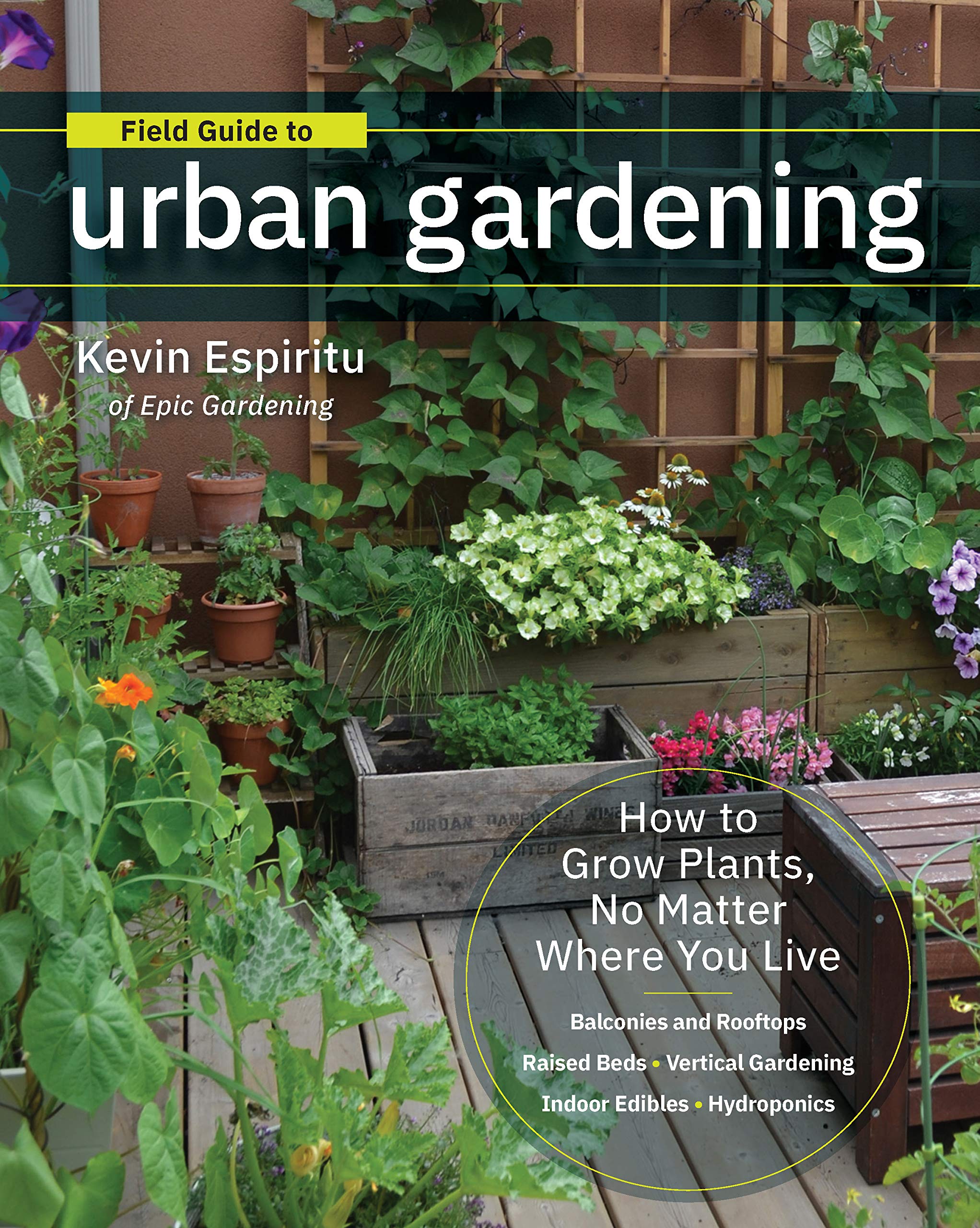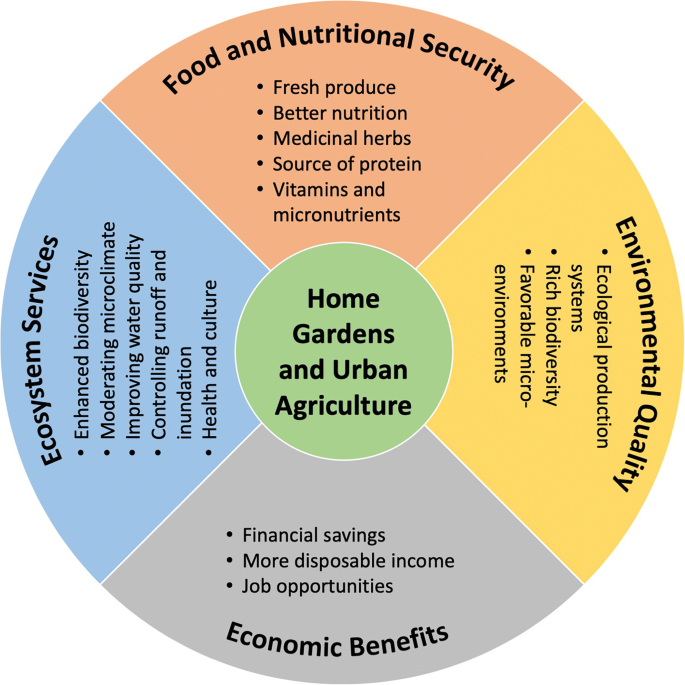How City Blooming can Save You Time, Stress, and Money.
How City Blooming can Save You Time, Stress, and Money.
Blog Article
The Best Strategy To Use For City Blooming
Table of ContentsThe Single Strategy To Use For City BloomingThe Ultimate Guide To City BloomingCity Blooming Can Be Fun For EveryoneLittle Known Facts About City Blooming.Facts About City Blooming Revealed
Urban gardens commonly benefit from warmer microclimates, allowing the cultivation of much less durable plants such as palms and bamboo. https://www.pearltrees.com/cityblooming#item659419097 usually located in warmer areas. And as we've stated, don't just go with tiny plants; small city gardens can take care of huge plants and trees and selecting these over little picky hedges will certainly make the room feel bigger and more excitingMake use of large containers they do not dry out as swiftly as smaller pots, so they are less function to maintain water. Pick hardscaping aspects for an urban garden The organized lines, asymmetrical setup, and use different products in this London-based Victorian terrace's garden layout develop a smooth link with the architecture, making it look like an all-natural extension of the general visual.
Plant up and down Cover the wall surfaces in greenery, whether that be beautiful climbers that billow messily over your fence or something more had and contemporary like a living wall surface. Maximize a light well garden Whitewashed walls and light flooring ceramic tiles turn it from a dark and dull space into a location you would certainly desire to hang out on a Sunday early morning with a cup of coffee.
4 Easy Facts About City Blooming Shown
Upright farming and aeroponics allow plants to be expanded in regulated settings, utilizing minimal space and sources. IoT-based ingenious gardening systems make it possible for remote surveillance and automation of gardening procedures. Urban farming apps and on-line sources give valuable info, suggestions, and area support for urban garden enthusiasts. A page from the London City Hall website offers information about metropolitan farming in London.
They have a mission to end cravings in our generation by planting gardens on unused land in cities. They offer a selection of resources to aid individuals obtain included in city farming, including educational products, horticulture ideas, and a community forum.

3 Easy Facts About City Blooming Explained
Urban Growth is a community-led business that collaborates with both areas and developers to produce a healthier city. They are dedicated to sustainability, empowerment, and joy, and they believe that everyone has the power to make a distinction. Urban horticulture is an effective motion that brings nature back into the concrete forest.
Katy started at Gardening Express with minimal expertise of horticulture, however under the mentorship of Chris Bonnett and the various other horticulture experts in the firm, she now has more than two years of experience in the horticulture sector. Katy has composed over 300 posts on subjects such as plant care, garden styles, yard design, and maintenance.
Katy's goal is to help newbies and seasoned garden enthusiasts alike develop and appreciate their own welcoming outside rooms easily.
Neighborhood yards are semi-public areas shared by an area of neighbors and other people where they collectively get involved in growing fruits, vegetables, or flowers, sharing labor and harvest. It's excellent to get associated with these lasting jobs as they're just as advantageous for you, the area, and the atmosphere. Area gardens are found in areas, however can additionally be created in institutions, residential lands, or institutions, such as health centers.
5 Easy Facts About City Blooming Explained
A few of the environmental advantages of community yards consist of: Remediation of vacant land and communities by repurposing themProduction and upgrading of water infiltration and various other community servicesPromotion of biodiversity by planting indigenous plantsEducating the area about horticulture, metropolitan go farming, and their benefitsReduction of food transportation lessening air pollutionPromotion of lasting agriculture practicesFostering social inclusionThe over ecological benefits reveal the general value of area gardens and their payment to providing environment for organisms and food to the locals, eliminating food insecurity.
Neighborhood yards add to achieving these goals as they come to all despite class, age, sex, education, profession, and so on, and play a substantial duty in raising understanding and expertise concerning gardening and city agriculture among the people. Area yards highlight a need for city slicker to return to nature.

And also, it removes food insecurity in communities which is a worthy objective. Functioning in a shared garden allows a return to real worths.
See This Report on City Blooming
A few of the ecological advantages of neighborhood gardens consist of: Repair of uninhabited land and ecological communities by repurposing themProduction and updating of water infiltration and various other ecosystem servicesPromotion of biodiversity by planting indigenous plantsEducating the neighborhood about gardening, metropolitan agriculture, and their benefitsReduction of food transport lessening air pollutionPromotion of lasting farming practicesFostering social inclusionThe above environmental advantages reveal the total value of community gardens and their contribution to supplying habitat for microorganisms and food to the locals, getting rid of food insecurity.
Neighborhood yards add to accomplishing these objectives as they come to all no matter of class, age, sex, education and learning, line of work, and so on, and play a significant function in raising awareness and knowledge regarding horticulture and city farming among the residents. Community yards highlight a demand for city slicker to go back to nature.
A way to obtain closer to nature by adhering to ecologist valuesSpaces of social diversity where conviviality and exchanges aboundPlaces that promote the combination of deprived groups or individuals with handicaps right into the social fabricA way to improve your living environment (for people residing in apartments and having little environment-friendly room at their disposal)A location of area enjoyment, to hold cultural occasions and exterior partiesThe chance to expand vegetables, fruits, and herbs at low costAn chance to relocate and exercise in the fresh air by dedicating a couple of hours a week to horticulture and maintaining your yard plotThe chance to share and exchange with other people products from the harvestOpportunities to increase understanding and enlighten people concerning ecological respect with methods such as composting, natural gardening, rainwater harvesting, etc.
And also, it gets rid of food instability in neighborhoods which is an honorable objective. Functioning in a shared yard allows a return to real values.
Report this page